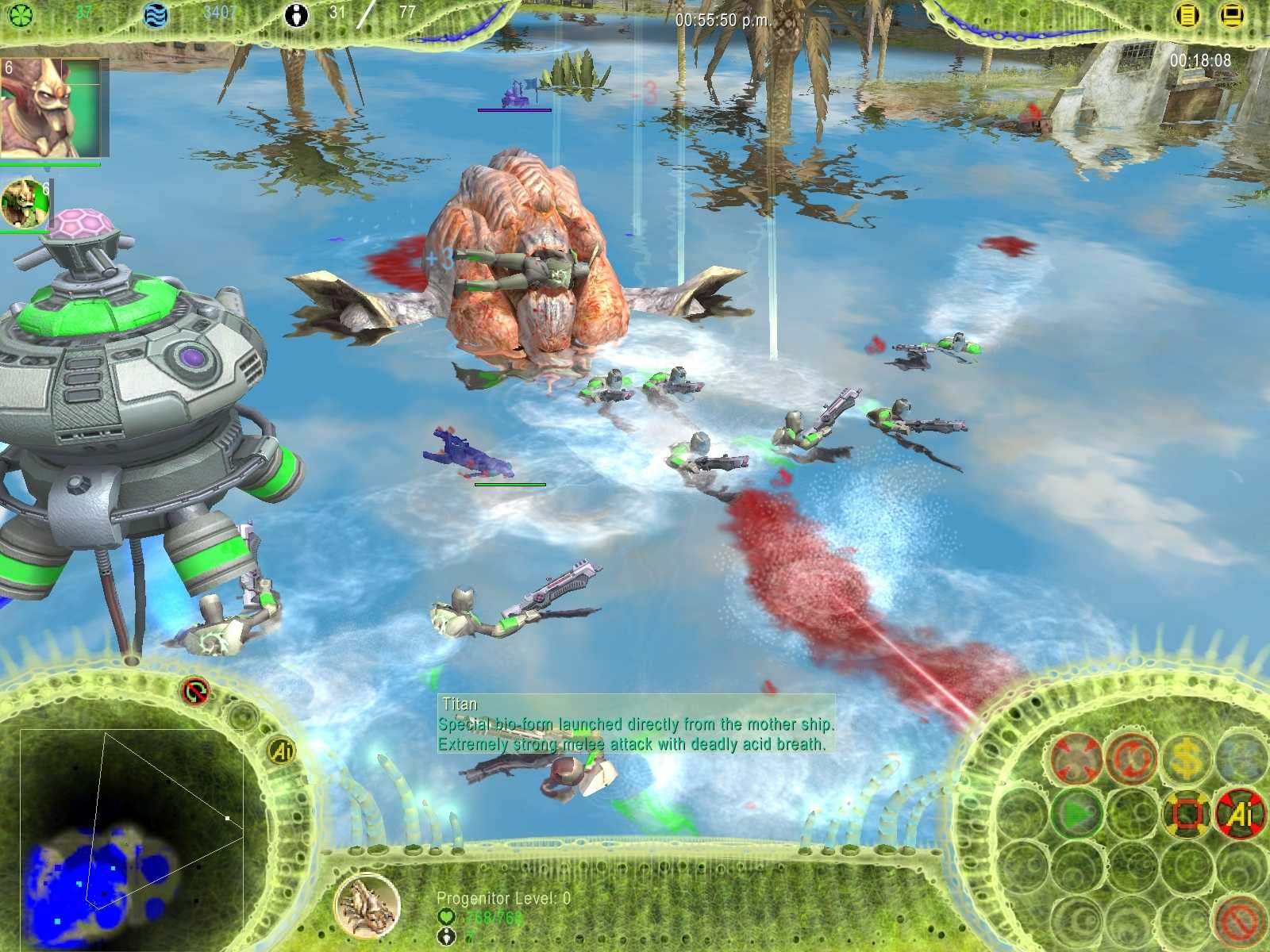
Maelstrom Gaming community is a well known for its friendly and cooperative relationships. Players are talkative and they support each other regardless their tribe membership. Read about their experience or check screenshots from community events. Feb 20, 2007 Complete with the ability to terraform landscapes and transform units, Maelstrom provides gamers with the power to harness the forces of nature in the most frantic, destructive, action-packed RTS game yet. A stunning mix of action-packed RTS missions set in a totally destructible and immaculately realised environment. The Maelstrom Mod introduces four new races to the Sins of a Solar Empire Universe. They are independent of the original races and have unique strengths and weaknesses. Maelstrom is available for Rebellion, Diplomacy, Entrenchment and Original Sins. To exit fullscreen mode, press escape. Playing experience can be poor due to your browser or your computer. Download Maelstrom and launch it with DOSBox to have the best playing experience! If the game is too fast or too slow, try hitting CTRL-F11 (slower) and CTRL-F12 (faster).
| Maelstrom | |
|---|---|
| Developer(s) | Ambrosia Software |
| Publisher(s) | Ambrosia Software |
| Designer(s) | Andrew Welch |
| Platform(s) | Mac OS, Linux |
| Release | 1992 |
| Genre(s) | Multidirectional shooter |
| Mode(s) | Single-player |
Maelstrom is a video game developed by Andrew Welch, released as shareware in November 1992 for Mac OS.[1] The game is an enhanced clone of Atari, Inc.'s 1979 Asteroids arcade game with a visual style similar to the Atari Games 1987 sequel, Blasteroids.[2]Maelstrom was released when there were few action games for the high-resolution color displays of the Macintosh, so it garnered much interest, despite the dated concept, and led to the creation of Ambrosia Software.
The game was later released as free and open-source software, resulting in ports for other platforms.
Gameplay[edit]
Maelstrom is played in a 2D overview in a section of space. The object of the game is to reach the highest score possible by shooting asteroids with a plasma cannon from a spaceship. The ship can move in any direction across the screen and also has a limited amount of shield. The player may also pick up power-ups and encounter unusual objects and enemies throughout the game.

Development[edit]
Maelstrom was created using THINK C and uses 18,000 lines of C code with 9,000 lines of inline assembly language.
Reception[edit]
In 1993, Maelstrom won 'Best New Macintosh Product' in the 'Shareware Industry Awards for Best Game,'[3] as well as receiving other awards.[4]
Legacy[edit]
Welch gave the source code to Sam Lantinga, who created a SDL port and released it in 1995. It included networked multiplayer.

In 1999 Ambrosia Software released Latinga's version 3.0 as open-source software under the terms of the GNU General Public License (GPL).[4]In 2010, Andrew Welch and Ian Gilman released the game's contents under the free Creative Commons licenseAttribution,[5] which makes Maelstrom completely free and open-source software.
References[edit]
- ^answer from the official FAQ on the release date
- ^'Maelstrom for Macintosh'. GameSpot. Retrieved 22 January 2010.CS1 maint: discouraged parameter (link)[permanent dead link]
- ^2000-1992 SIA Winner on siavoting.com '1993 Winners - Almanac, Maelstrom, [...]' (archived)
- ^ ab'Into the Maelstrom'. The Mac Observer. 1999-12-08. Archived from the original on 24 May 2000. Retrieved 2011-04-28.CS1 maint: discouraged parameter (link)
- ^Mercurial > Maelstrom / changeset on libsdl.org 'Andrew Welch and Ian Gilman allow the artwork and animations to be used under the Creative Commons Attribution 3.0 license' (15 April 2010)
External links[edit]
| Wikimedia Commons has media related to Maelstrom (1992 video game). |
- Maelstrom 3.0 on libsdl.org
|
Maelstrom GPL requires the Simple DirectMedia Layer and SDL_net libraries.

http://www.AmbrosiaSW.com/
Maelstrom Gameplay
Sam Lantinga